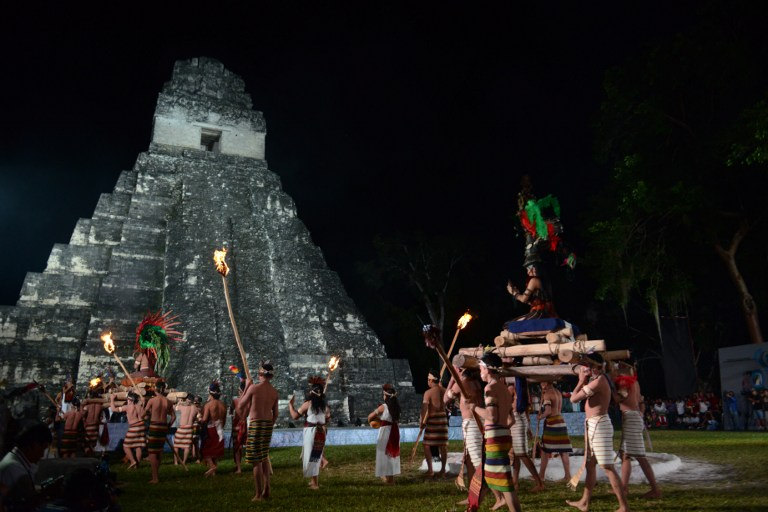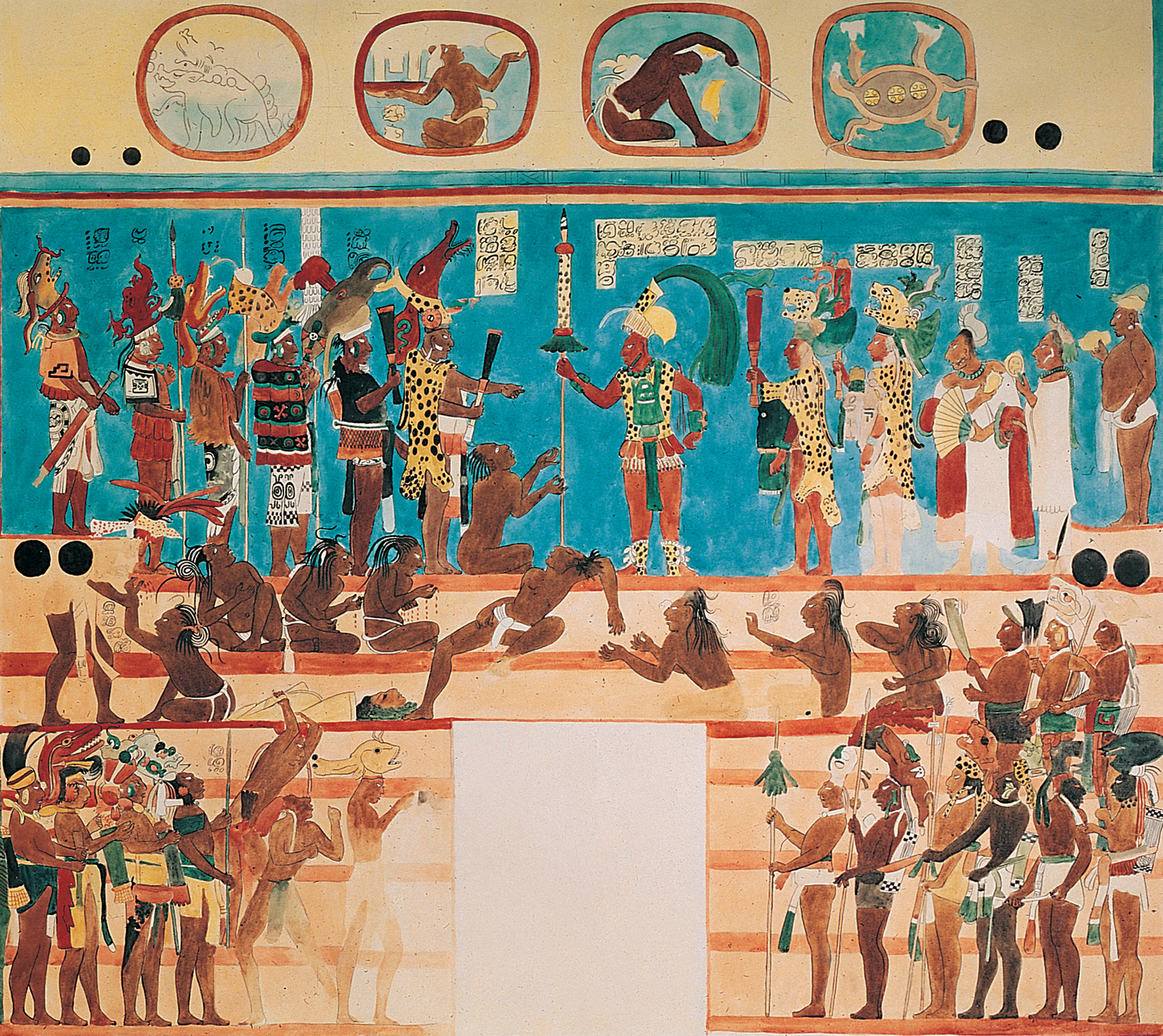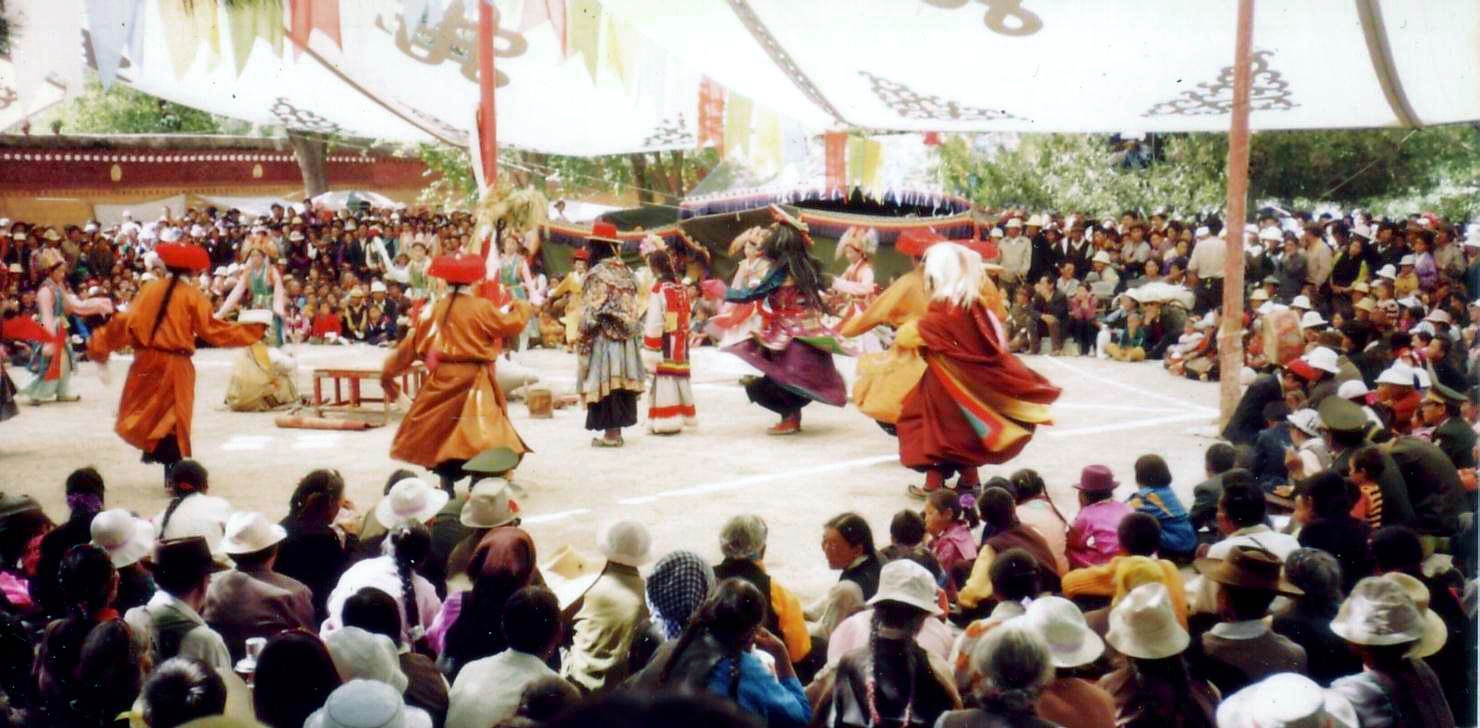The prehistoric Maya civilization is the utmost cultural legacy of Mesoamerica. The Maya are believed to originate in the Yucatán around 2600 B.C. The ancient Maya civilization is the highest cultural legacy of Mesoamerica. The Maya are understood to originate in the Yucatán around 2600 B.C. Mayan narration flows in cycles of rise and fall periods, of continuity and change; maneuvered by a holistic belief that remains the institution of their culture even today.
Mayan Ceremonies and Rituals
The ancient Maya pantheon of gods and deities, was worshipped in multiple hallowed and sacrosanct ceremonies and contributions included even human sacrifices. Nobles and Rulers were alleged to be descendants of the gods and their blood was the ideal sacrifice, either through personal bloodletting or the blood of royal captives; their names where represented with Mayan glyphs.
Popular Celebrations
Perhaps the most popular event on the Mayan calendar is the zero date of the calendar's long count, or the apparent "end" of the calendar. The Mayan calendar's "katun"-a time unit of 20 turns equal to 7,200 days-cycle will turn over on the Mayan date baktun 13 katun 0 tun 0 uinal 0 kin 0, which is corresponding to December 21st, 2012 on the modern calendar. This date represents the commencement of a new cycle on the calendar, much like the arrival of the year 2000 on our modern Gregorian calendar.

Although this occurrence is an epoch in its own right, many people theoretically correlate the long count with earthly pole shifts, cosmic convergences, earth changes or even the conclusion of the world. As the Mayan calendar is cyclic in nature, it is meant to turn over after the long count just as our calendar does at the arrival of a new millennium; most expected, this is the extent of the event's significance.
Ancient Mayan Traditions: Deities
According to traditions of Mayans, there are number of deities who are followed and worshipped. Each coming year is dedicated to a certain God. As a part of the celebrations to welcome New Year, new idols and images of the concerned deity are prepared well in advance. Also, entrances and trappings of all temples and sacred places are deconsecrate and are painted blue.
Maya Wiseman or J-Men rejoice even today a highly valued sacred observance named: Ya'axche': this ritual represents the connection between Heaven, Earth, Man, and the Underworld for the Maya. Any Sacred Ceremonial Site will have this ceremony performed prior to its full service to the Maya community traditions.

In Chichen Itza, such ceremony was celebrated by the J-Men in 2007 when the Hacienda Chichen owners donated a vast portion of their private Maya Jungle Reserve to the Mayan Healers and Priests to maintain their Spiritual Mayan traditionsin the manner their ancestors taught them. Since then, this sacred site has served as the grounds of many Mayan holistic rituals and sacred mystical ceremonies.
Customs and Beliefs
The Ceiba Tree of Life plays an imperative central part at each Mayan Wedding Ceremony and in other Mayan holistic rituals as well as in many Mayan mythological legends still belief by the Mayan rural people to be part of supernatural dark energies in the form of demons and legendary beings, such as is the case of theIx Tabay or X'Tabay.
Numerous Maya festivals sustained to be held into the Spanish colonial period, and a number of of the Spanish chroniclers such as Bishop Landa described festivals well into the 16th century. Three types of performances are cited in the Maya language: dance (okot), theatrical presentations (baldzamil) and illusionism (ezyah).

Ancient Mayan Dances
Mayan dances followed a calendar, and ranged from performances with humor and tricks to dances in training for war and dances mimicking (and sometimes including) sacrificial events. During the colonial period, thousands of citizens came from all around northern Yucatán to see and participate in the dances.
Complicated costumes were part of the dances as well. Shell, feathers, backracks, headdresses, body plates altered the dancers into historical figures, animals, and gods or other-worldly creatures. Some dances lasted all day, with food and drink brought to the participants who kept dancing.

Traditionally, preparations for such dances were substantial, some rehearsal periods lasting for two or three months, organized by an officer known as a holpop. The holpop was a community leader, who set the key for the music, taught others and played an important role in festivals throughout the year.
More info on- Ancient Mayan Arts and Crafts, Mayan Festival
|





